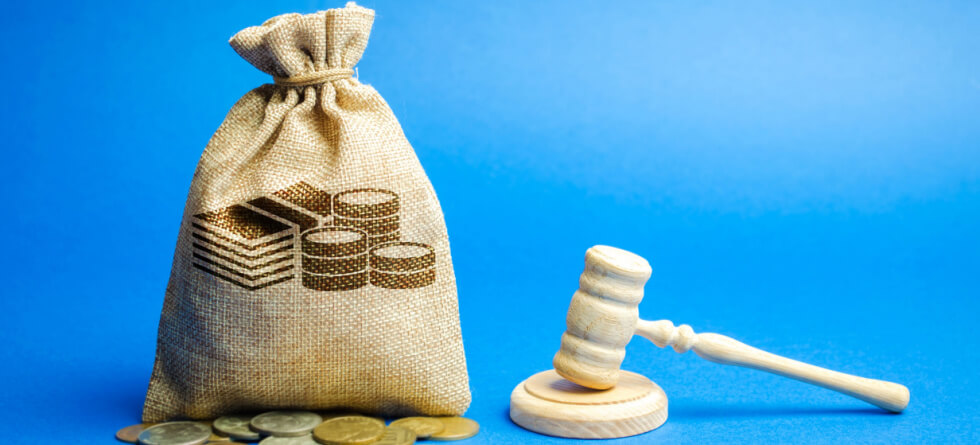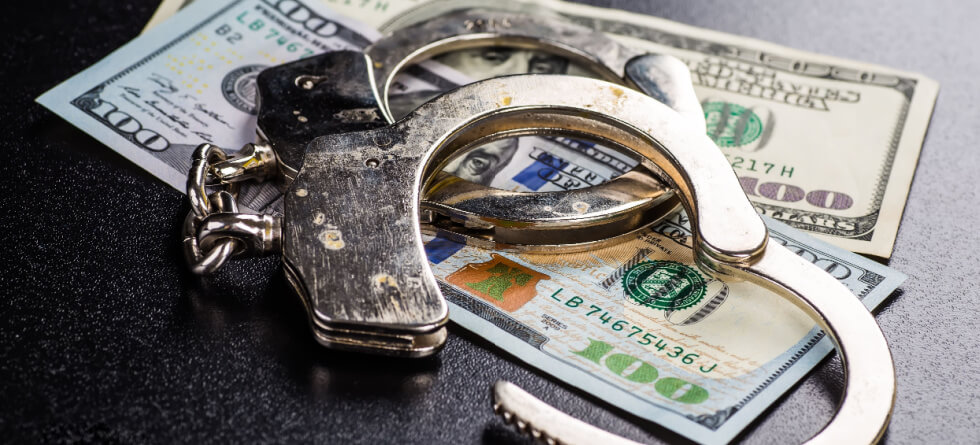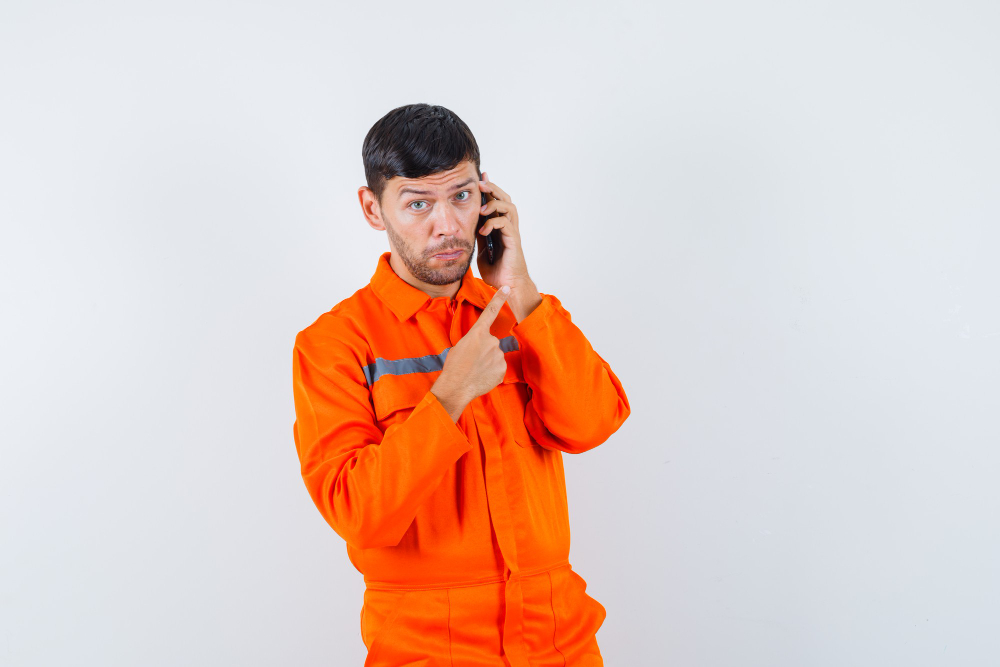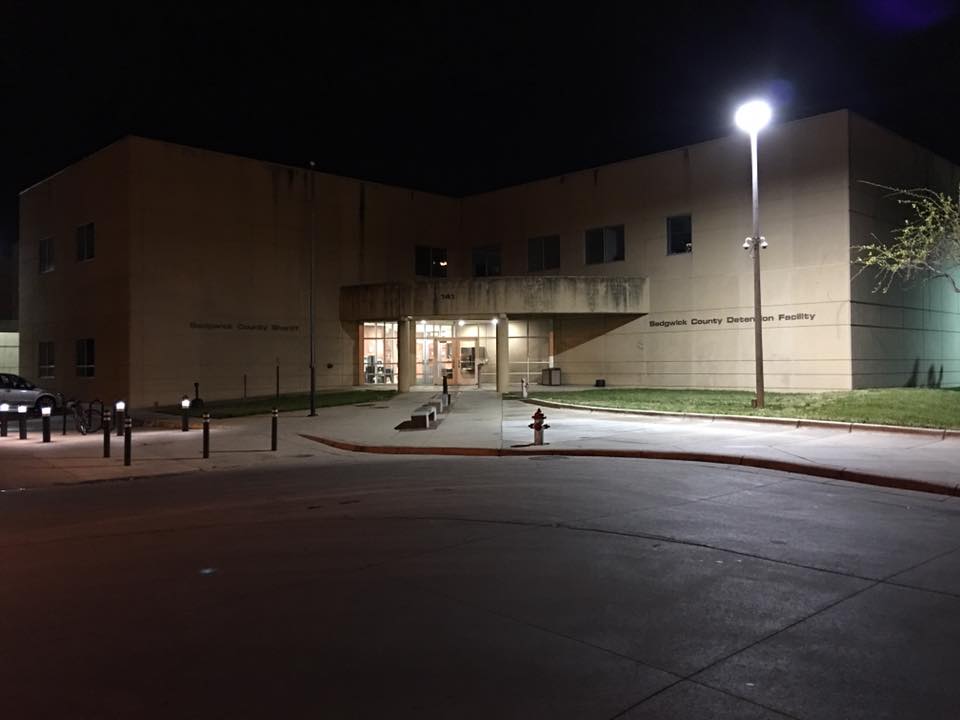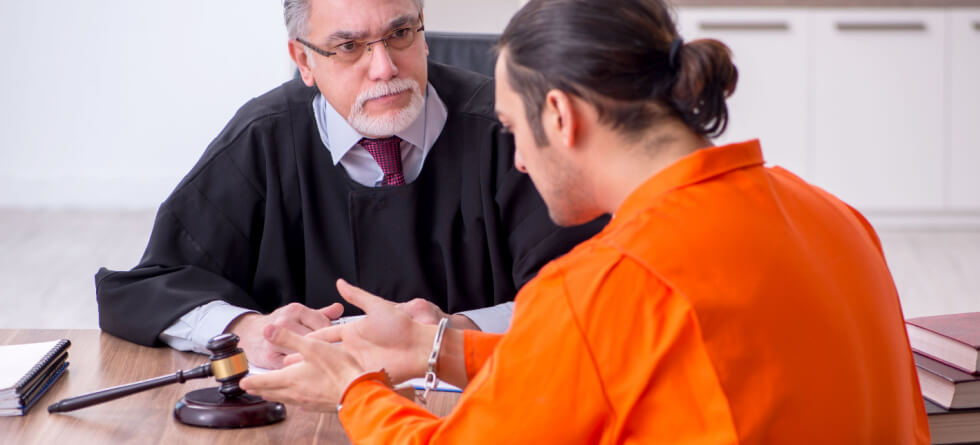Getting your bail money back typically depends on how the bail was posted and the outcome of your case.
Here are the general steps…
- Case Resolution – Once your case is resolved—either through dismissal, acquittal, or completion of your sentence—the court will issue an order to return the bail money.
- Court Order – If you posted cash bail directly with the court, you will need to obtain a court order to release the bail money. This order may be automatically issued once your case is resolved, or you may need to request it from the court.
- Bail Bondsman – If you use a bail bondsman, you will not get the money you paid to the bondsman back. Instead, you paid a non-refundable fee (typically around 10-15% of the total bail amount) to the bondsman in exchange for the bondsman posting bail on your behalf. The bondsman keeps this fee regardless of the outcome of your case.
- Collateral Return – If you provided collateral to secure a bail bond (such as property or assets), it should be returned to you once the bond is exonerated or discharged. This process can vary, and you should confirm the details with the bail bondsman.
- Court Process – Once you have the necessary court order or documentation, follow the court’s process for obtaining the return of your bail money. This typically involves submitting the required paperwork to the court or relevant authority, which will then release the funds to you.
The process for getting your bail money back can vary depending on the jurisdiction and the specific circumstances of your case. If you have questions or need assistance, consider consulting with your attorney or contacting the court or bail bondsman for guidance.

